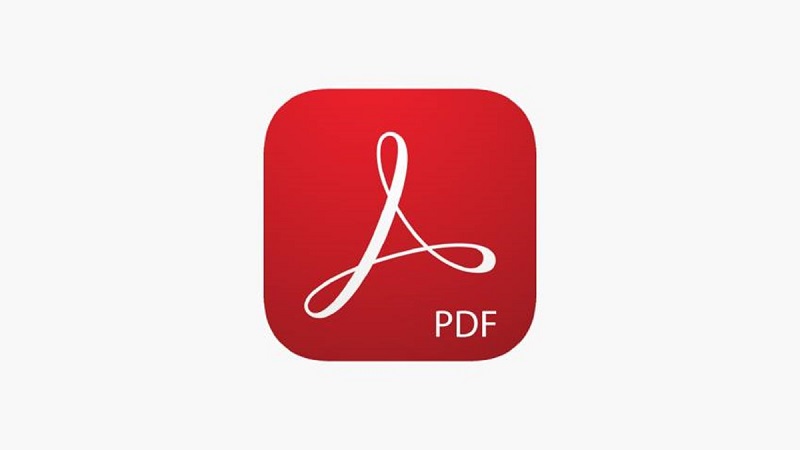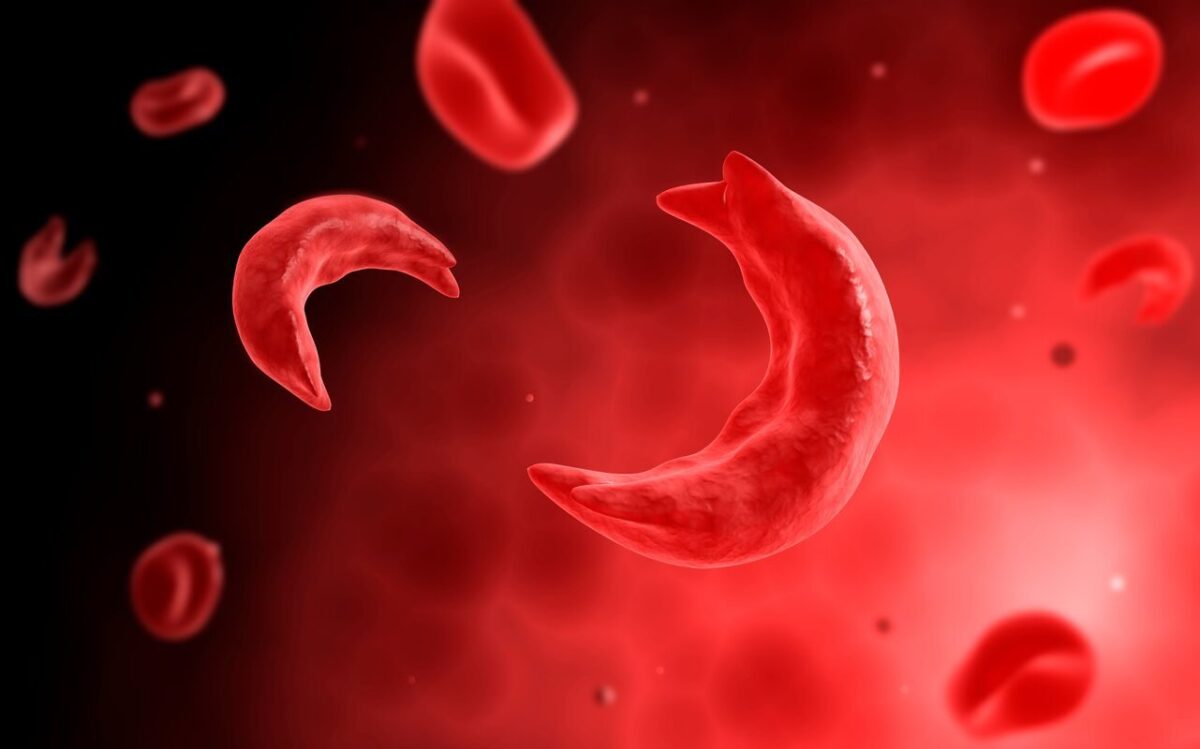Pain Crises in Sickle Cell Disease: A Clinical Guide to Prevention and Treatment: How to Manage an Acute Pain Crisis in Sickle Cell Disease: Practical Recommendations

Abstract:
Oxygen therapy and rapid in home treatment should be the standard of care for preventing and treating pain in a sickle cell crisis. A sickle cell pain crisis is an inflammatory storm with ischemia-reperfusion injury that results in multiorgan damage the longer the duration of the crisis. Quick and early termination of a pain crisis within the first 15 min at home is the most effective way to abort the inflammatory cascade and prevent suffering, morbidity, and multi-organ damage. With the advent of remote home monitoring that was accelerated by the COVID-19 pandemic, patients with SCD at home, with the right equipment, can have most pain crises treated safely using video and/or remote monitoring (telemedicine) combined with Bluetooth-enabled smart phones, home Wi-Fi, and compatible tetherless sensors. Vital signs (oxygen saturation, continuous respiratory rate, pulse rate, blood pressure, perfusion index, and continuous body temperature) can be transmitted securely to hospitals or healthcare facilities. An example of a remote home monitoring system is the Masimo Safety Net. Sickle cell anemia patients should be trained along with their relatives or caregivers. They should have available at home the following equipment set up to enable safe and timely administration of the opioid and anti-inflammatory medications. 1. Oxygen cylinder or oxygen concentrator – 1.5-2 liters /min flow 2. Equipment for on site or remote vital sign monitoring including oxygen saturation, temperature, respiratory rate, blood pressure 3. Intranasal /IM/SC Naloxone – for opioid reversal if necesary 4. Remote and/or video monitoring by the physician, nurse or monitoring station 5. A unit dose of a parenteral opioid that the patient has tolerated before eg Dilaudid 1 mg IM 6. A unit dose of a parenteral NSAID that the patient has tolerated before eg Ketorolac 60mg IM Implementing these interventions at home within the golden quarter hour (15 min) from onset of pain, will abort 90% of pain crisis. It will make a difference between a crisis that lasts minutes and one that lasts days to weeks, with attendant multiorgan damage. Dispensing unit doses of opioids with remote video and vital sign monitoring should mitigate concerns of patient abuse, misuse, and addiction. Such unit doses are refilled after utilization and post-pain crisis evaluation.



Responses